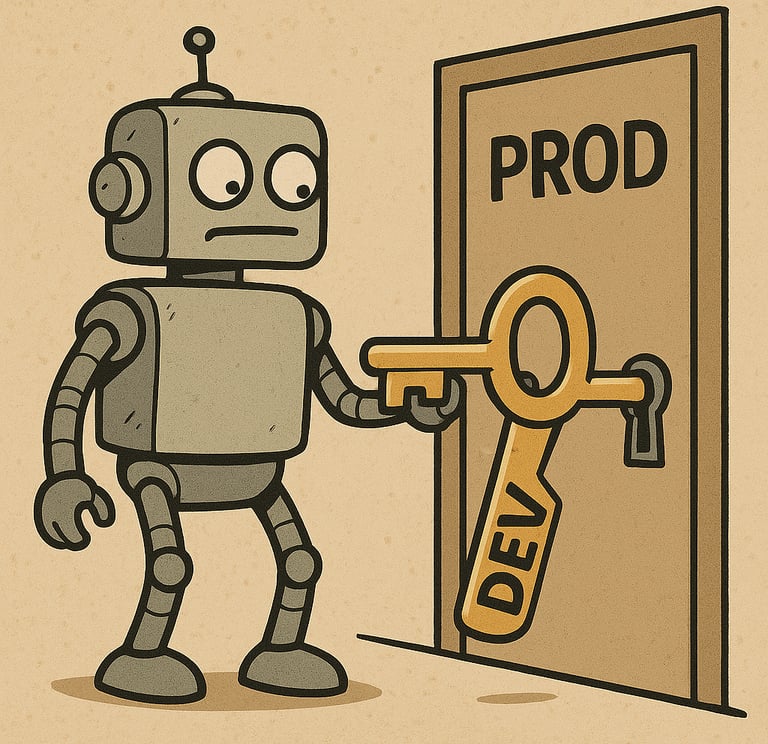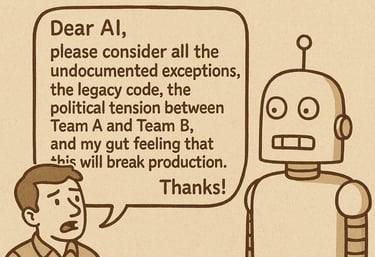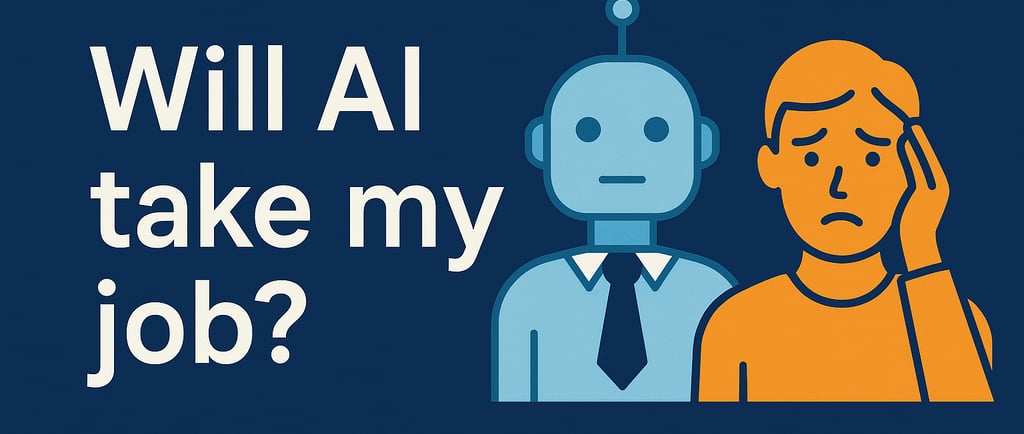Why CIAM Jobs Aren’t Going Anywhere (Yet)
In this post, I get real about the fear many CIAM analysts and developers have: "Will AI take our jobs?" Spoiler alert—probably not. I talk about why our work is more complex than people think, how AI tools like ChatGPT can help but not replace us, and why “vibe coding” your way through critical infrastructure is a bad idea. If you’ve ever second-guessed your future in tech, or just want a relatable take on AI in the CIAM world, this one’s for you.
AI
Tristan Blond
4/4/20251 min read
Why CIAM Jobs Aren’t Going Anywhere (Yet)
Let’s be honest—AI is impressive. It can code, explain concepts, even draft a policy if you ask nicely. But when it comes to CIAM, it’s not quite ready to run the show solo.
Our job isn’t just clicking buttons or writing scripts—it’s navigating messy, complex environments where every change can have ripple effects. You don’t just “enable SSO” and move on. You’re dealing with custom user journeys, compliance rules, risk levels, forgotten edge cases, and sometimes, undocumented features that even the original dev forgot existed.
And let’s not forget the people side. A stakeholder might come in with a wild request like, “Can we just merge all user accounts by tomorrow?” Sounds like a task, right? But then you dig in, ask a few questions, and realize they really just need a training session—not a full-blown infra update.
This kind of stuff doesn’t translate well into an AI prompt. You can’t just type:
"Dear AI, please consider all the undocumented exceptions, the legacy code, the political tension between Team A and Team B, and my gut feeling that this will break production. Thanks!"
Nah. You need a human for that. Someone who’s been in the trenches, knows the weird quirks of the system, and can read between the lines of a vague ticket title.






